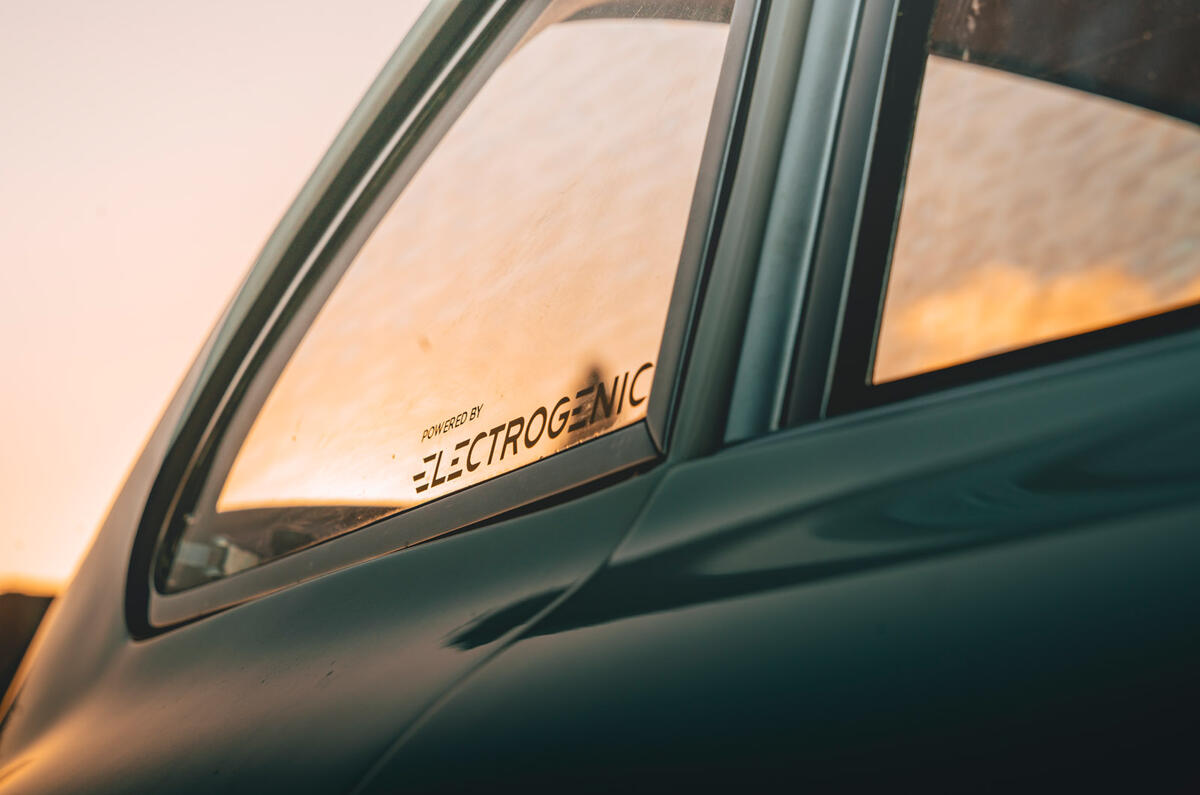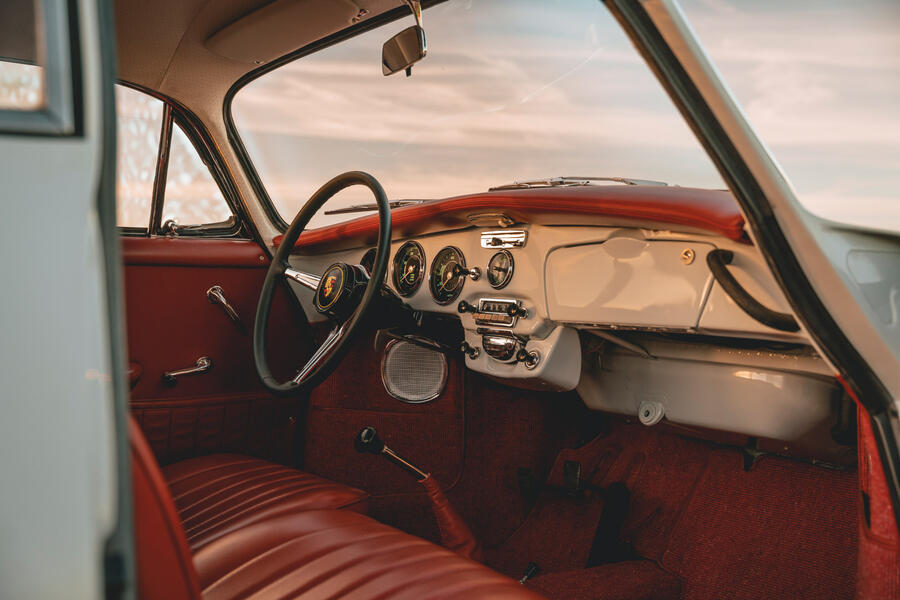What is it?
This is a Porsche 356 with an electric motor where the engine used to be. Curious.
Electrogenic, the Oxfordshire EV-conversion company behind it, thinks it might be the first electrified original 356 in existence, made at the behest of the car’s owner, who wants to drive a zero-emissions classic in town and whose family didn’t much like driving it when it had an engine.
Read more: Porsche 356 reborn as 1000bhp-plus electric speedster
They also get to keep the original 1.6-litre flat four, though, in case they ever want to put it back. The process is reversible; in a way, it has to be if you want to keep a car’s original registration. There’s a points-based system for keeping modified cars on their original identity, and a certain number of those have to be accrued from an unmodified chassis, else you could end up with a Q-plate, which you don’t want on a 1963 Porsche.
Anyway, the modifications here – and they’re very subtly and artfully done – involve adding a 36kWh battery and inverter and associated gubbins dotted throughout the car, including in the boot, and a 120bhp electric motor where the engine was in the back, still driving through the standard four-speed manual gearbox. The owner didn’t have to have it that way (it could be a single-speed transmission) but preferred the idea of keeping that driver engagement.
The whole set-up adds only around 35kg to the kerb weight.







































Join the debate
Add your comment
This is great. These old Porsche models are gorgeous and this conversion just makes it more usable and probably quicker and also less effort to drive. Probably more reliable too. It seems the perfect way to keep old cars going. According to data in C&SC, many classic cars are on a SORN or broken down, and the average annual mileage is about 1,400 miles. Electrifying them probably results in more use. Also, if you've ever owned a classic car, you'll be familiar with the pungent smell of unburnt petrol coming out of the exhaust, which would also be fixed by this solution.
Like fitting a pink perspex frame to the Mona Lisa, an abomination in the name of a fake crisis, what a turn off. Carry on sucking up to the NWO and agenda 30 autocar.
A very sympathetic conversion I am sure. But I would prefer a more advenurous approach, like Singer's and RUF's 911s
The manual transmission here is an anachronism. And I suspect a wider track will give this classic an improved stance.